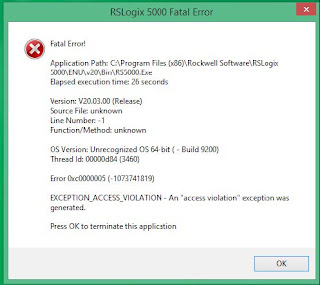Resistor Color Codes
| Color | 1st Digit (A) | 2nd Digit (B) | Multiplier (C) | Tolerance (D) |
| Black | 0 | 0 | 1 | 1% |
| Brown | 1 | 1 | 10 | 2% |
| Red | 2 | 2 | 100 | 3% |
| Orange | 3 | 3 | 1000 | 4% |
| Yellow | 4 | 4 | 10000 | |
| Green | 5 | 5 | 100000 | 0.5% |
| Blue | 6 | 6 | 1000000 | 0.25% |
| Violet | 7 | 7 | 10000000 | 0.10% |
| Gray | 8 | 8 | 100000000 | 0.05% |
| White | 9 | 9 | 1000000000 | |
| Gold | 0.1 | 5% | ||
| Silver | 0.01 | 10% | ||
| No Color | 20% |
Resistors are read starting from the line closest to the end of the resistor. They will either have 4 bands or 5 bands. If there are four bands then the first two are the value, the third is the multiplier, and the fourth is the precision. If there are five bands then the first three are the value, the fourth is the multiplier, and the fifth is the precision.
For example take the following resistor which has bands Green, Blue, Yellow, and Gold. Since there are four bands the third band is the multiplier and the fourth band is the tolerance. Looking at the chart below:
Green = 5 (tens place)
Blue = 6 (ones place)
Yellow = 10KΩ
Gold = 5%
Understanding the value. Put the 5 and 6 together for 56 then multiply by 10KΩ - 56*10KΩ=560kΩ.
Understanding the tolerance. The tolerance is +/-5% - 560kΩ*5%=28kΩ which means the resistor may be 28kΩ lower or higher than the stated value. 560kΩ-28kΩ=532kΩ. 560kΩ+28kΩ=588kΩ. So the acceptable resistance of this resistor is between 532KΩ and 588KΩ.



Comments
Post a Comment